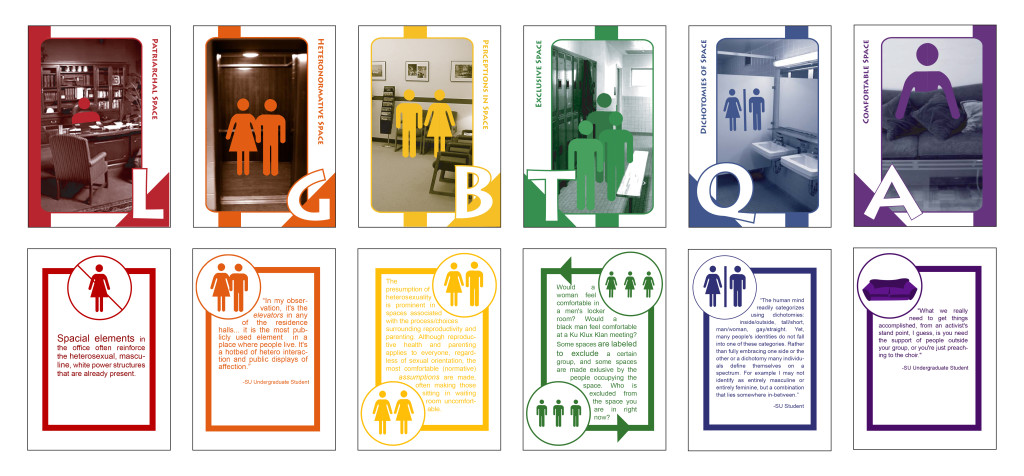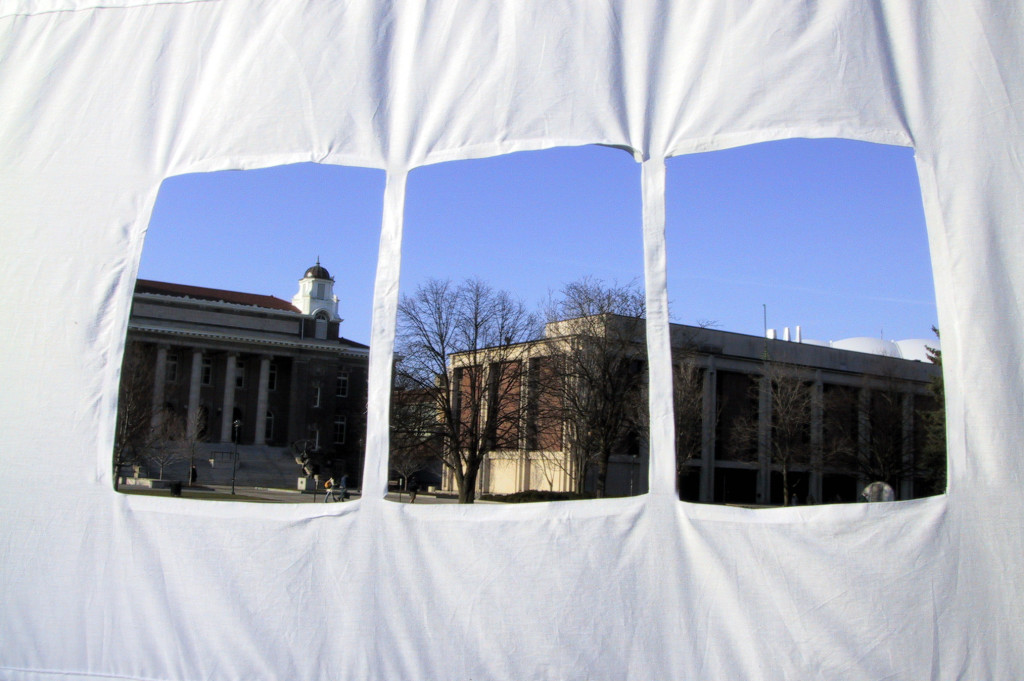SIGNal is an investigation of the “Toilet” symbols from the 50 Symbol-Signs originally created in a collaboration between AIGA and the US Department of Transportation. Of the 50 symbols, the toilet symbols are the only ones (although you could make an argument about the nursery symbol as well) designed to represent the “who” of a space or service rather than the what.
Focusing on the “who” of the space is often exclusionary. For example, single-stall bathrooms are often labeled with either a man or woman symbol despite the fact that the bathroom is single occupancy in the first place. Some of these spaces use the “Family” bathroom symbol which reinforces heterosexuality and excludes same sex couples. Signage needs to be standardized for usability but we need to be careful not to make choices that reinforce stereotypes or imply that populations like transgender individuals and same sex couples do not exist in our society.
The fifteen signs in this set explore a a wide range of images, both practical and impractical (complex symbols are hard to “read” from a distance), that represent the “who” and the “what” of the space. The “who” signs include those that are culturally gendered and those that are based on biological sex. The “what” signs include representation of the facilities, as well as the biological processes that result in the need of a toilet in the first place.
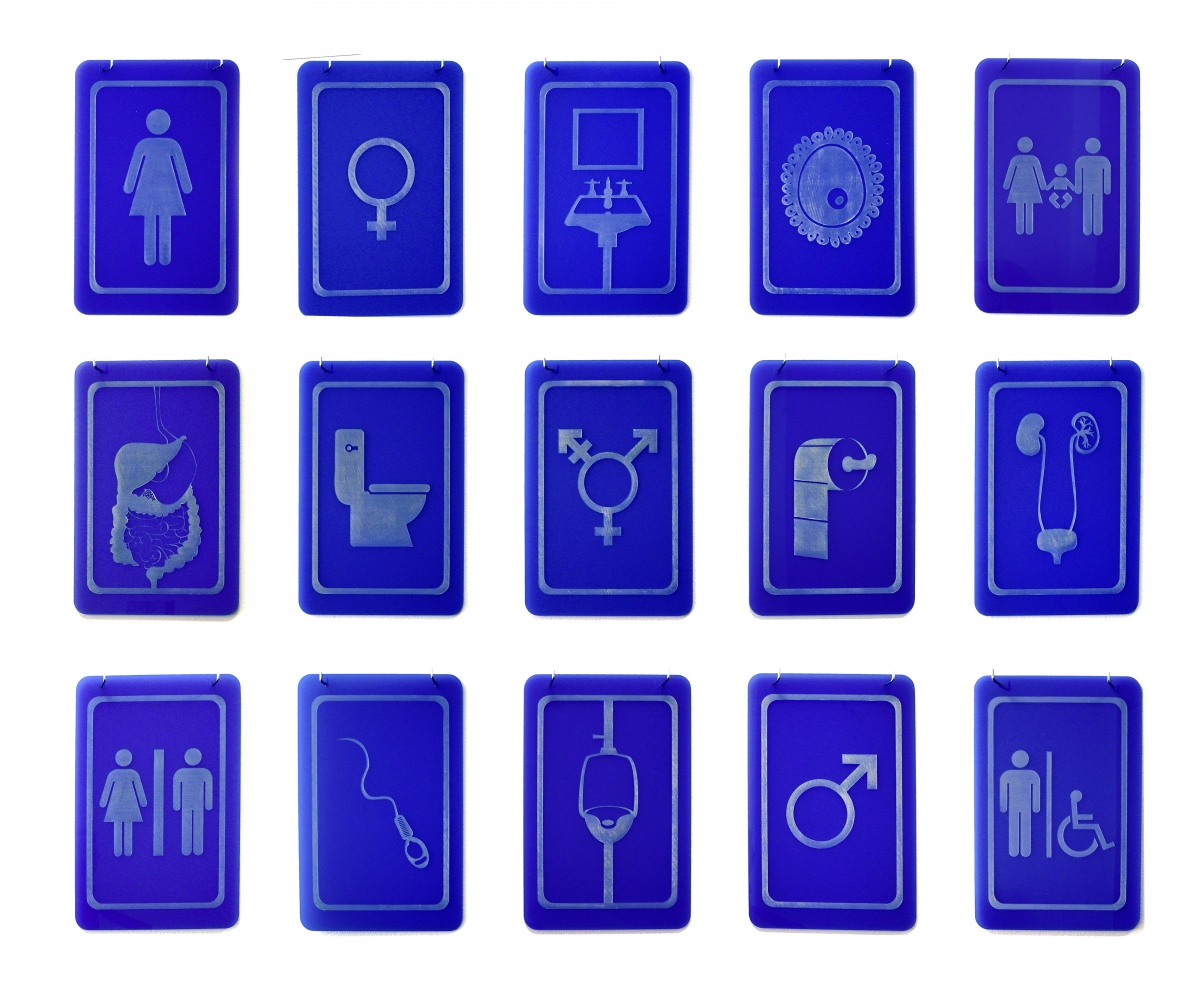

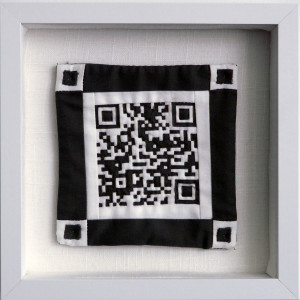
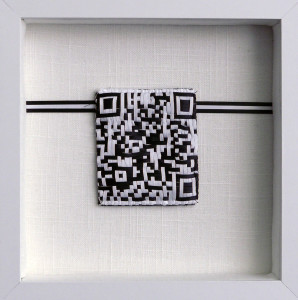
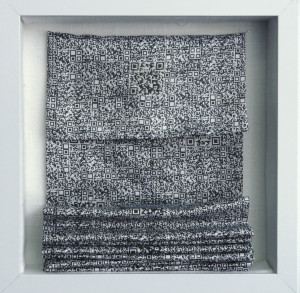
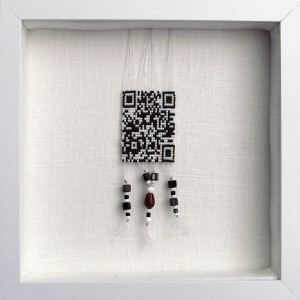


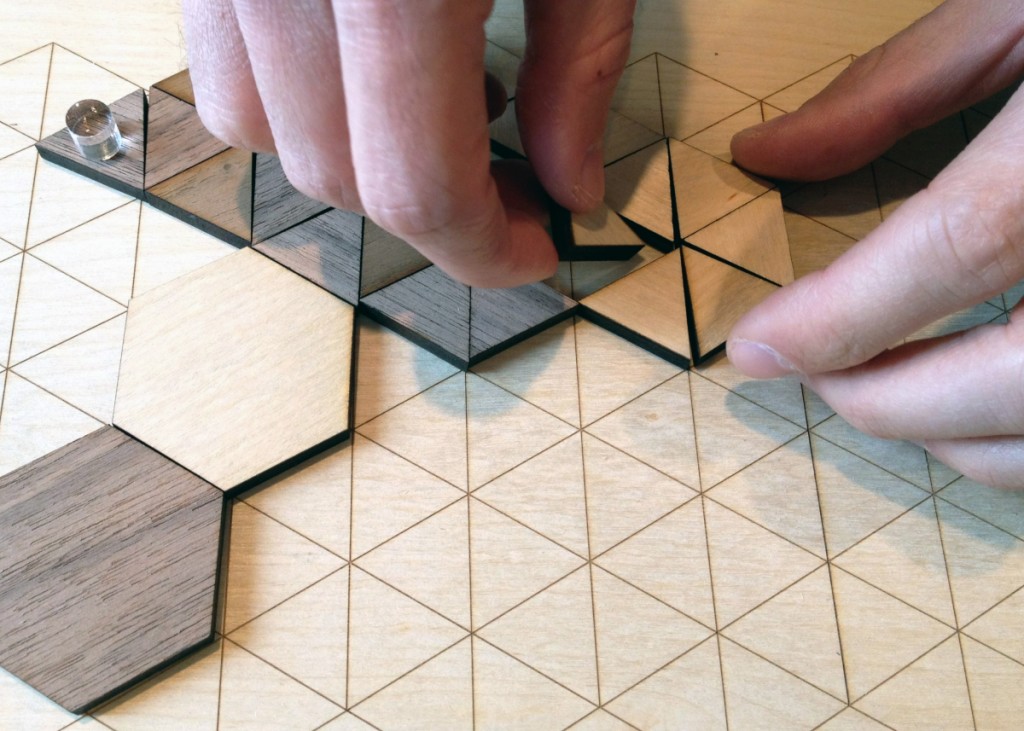
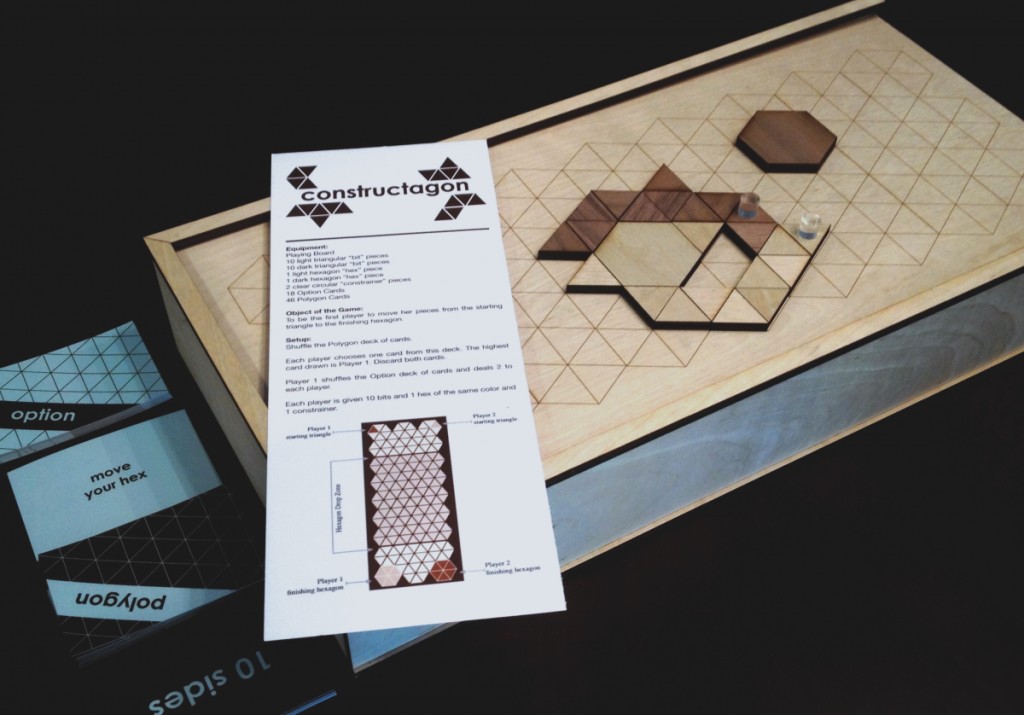
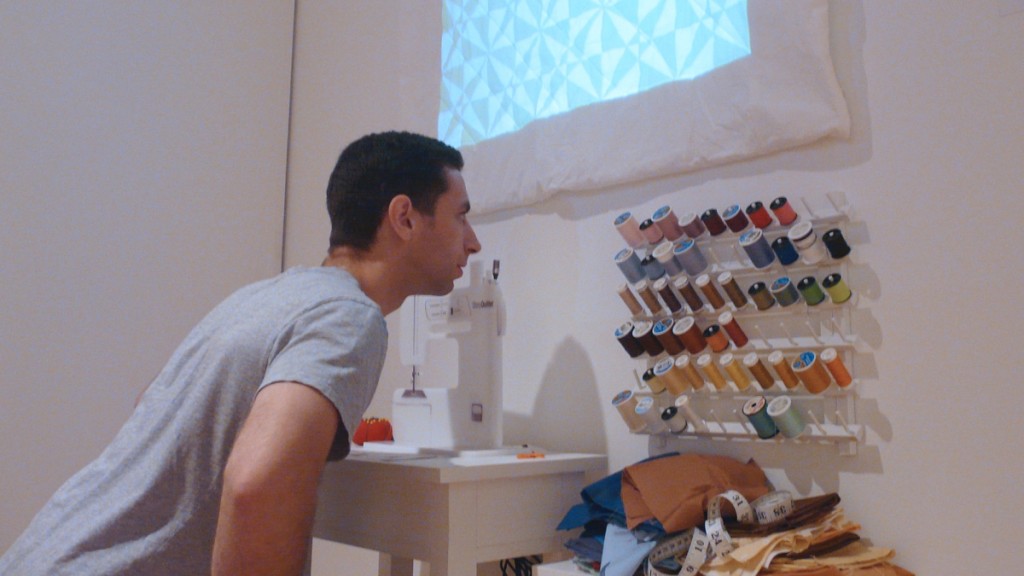
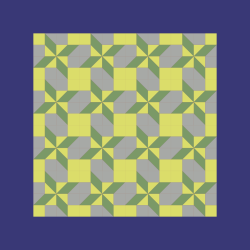
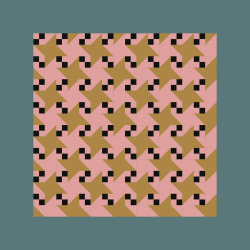
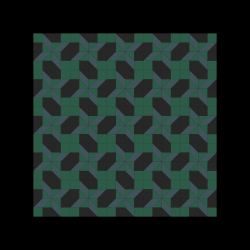
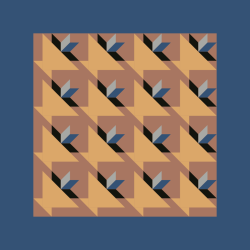
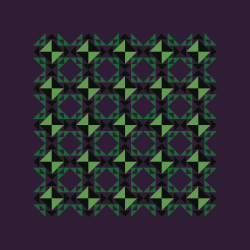
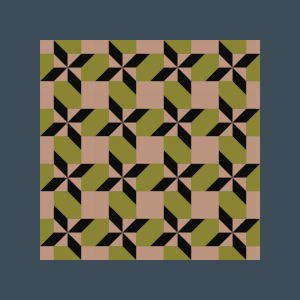



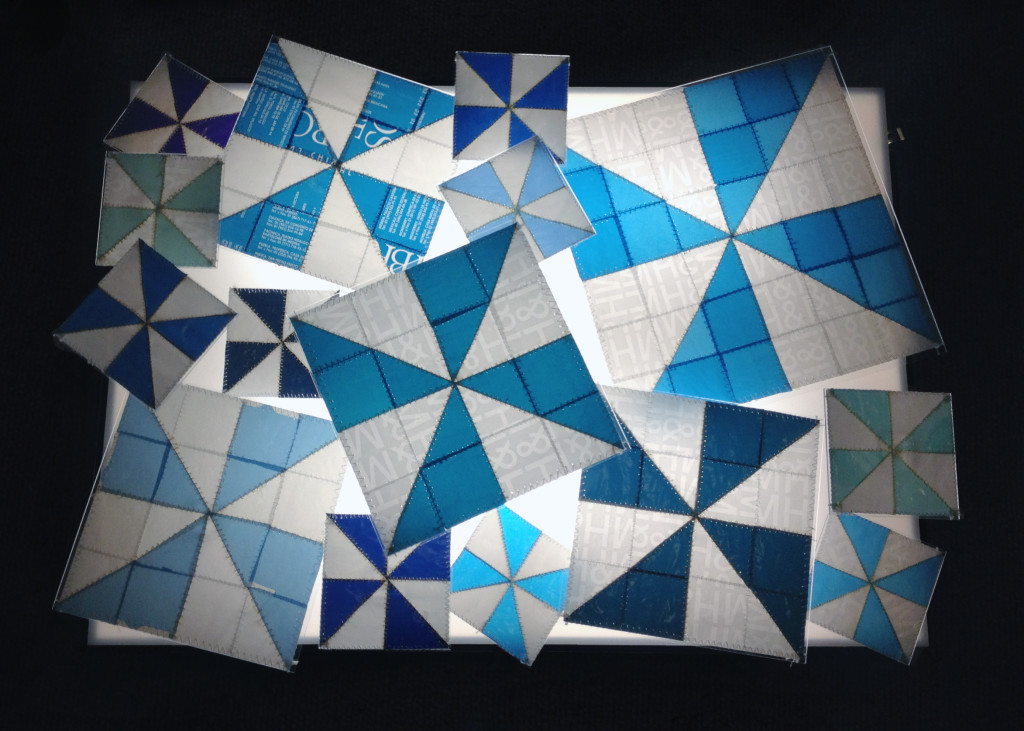
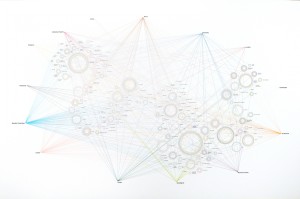
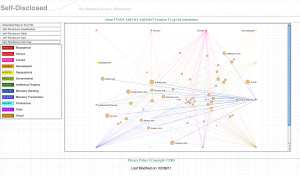
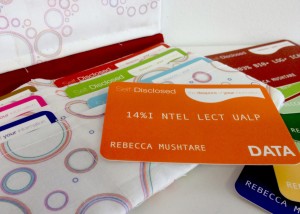

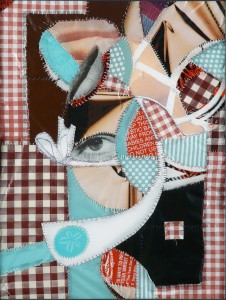

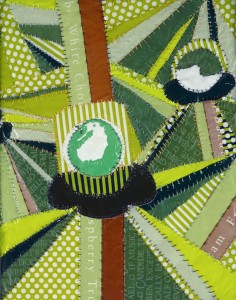



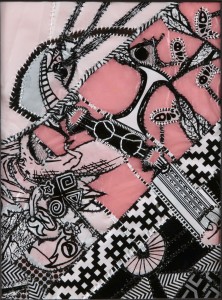
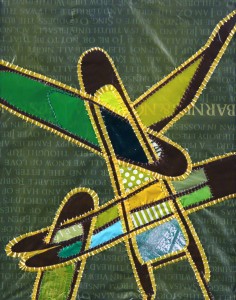
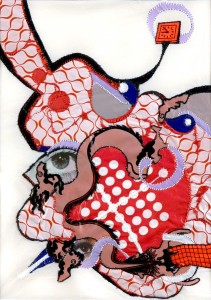

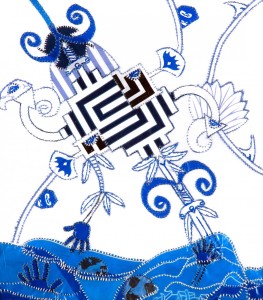
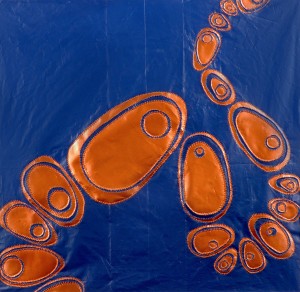
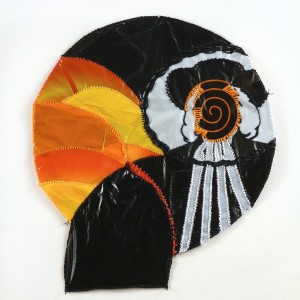
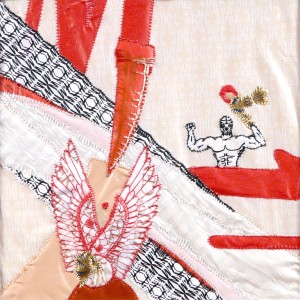
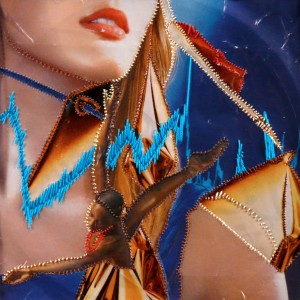
![comfortable spaces Brochure [front, center, back].](http://cyberthread.net/portfolio/wp-content/uploads/2014/06/2005_comfortable_spaces_brochure-1024x635.jpg)
